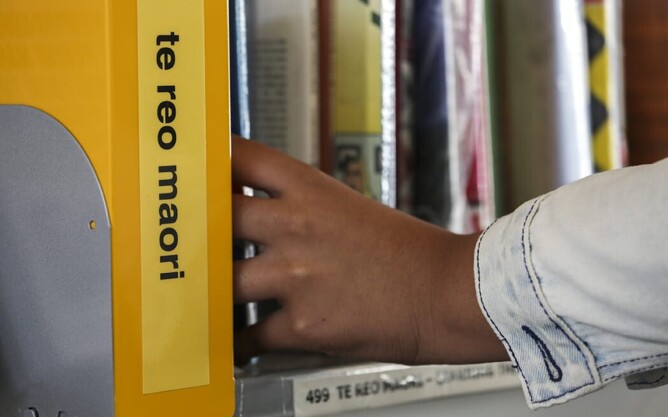but there’s more to it than language
Opinion - As we approach another Waitangi Day, we should be thinking again about what Te Tiriti o Waitangi means.
As the late Moana Jackson commented, the meaning of Te Tiriti will be talked about in each generation because it is about a relationship between Māori and Pākehā and relationships must always be worked on. Here, we focus on the learning of te reo Māori by non-Māori in relation to Te Tiriti and the Māori concept of whakapapa in the hope of continuing the conversation and the relationship.
For full disclosure, we are married. Pania is Ngāti Porou and her father is a native speaker. Brian is Pākehā. We both learned te reo Māori as a second language as adults. We will come back to this later.
The learning of te reo Māori by non-Māori has become cool. Growing numbers of non-Māori are enrolled in te reo courses and there are many new resources to support their learning. It cannot be separated from Tiriti concerns and whakapapa.
Several authors have commented on this phenomenon of non-Māori enthusiasm for te reo Māori and Māori knowledge, highlighting the complex nature of the motivations involved.
Alison Jones, a Pākehā scholar in Indigenous education, notices how the demand by non-Māori to have te reo echoes the colonising demand to have Māori land.
Link to article: Non-Māori are embracing te reo - but there’s more to it than language | RNZ News




